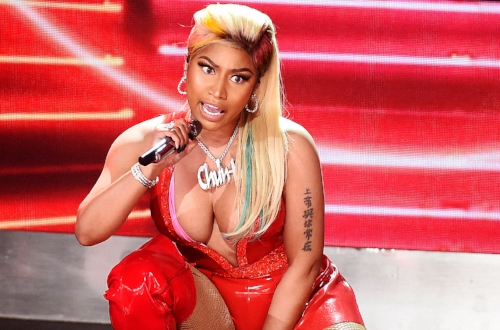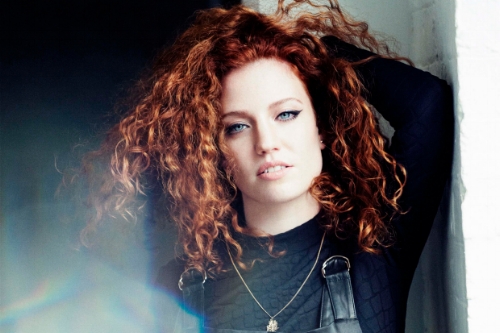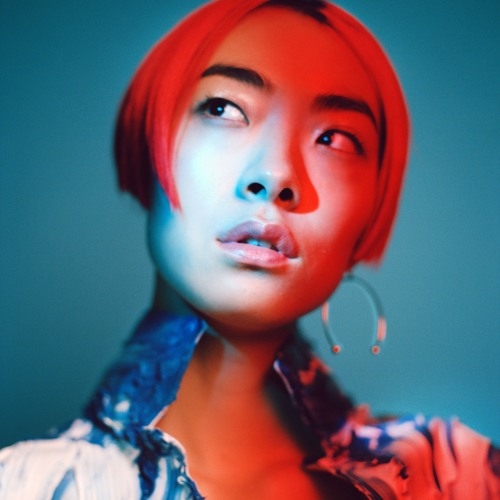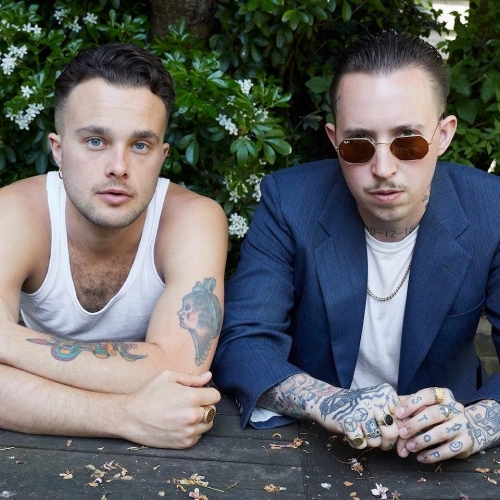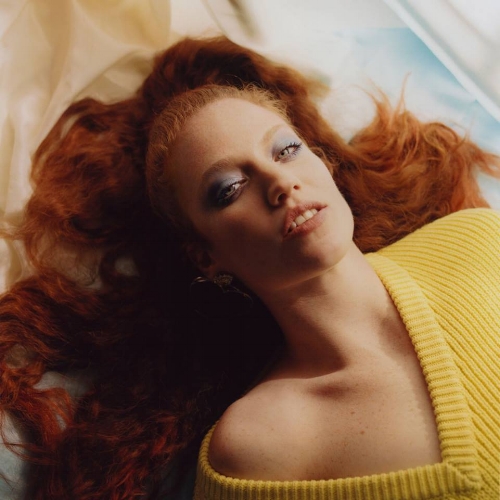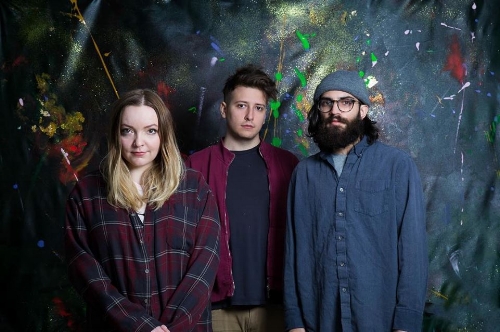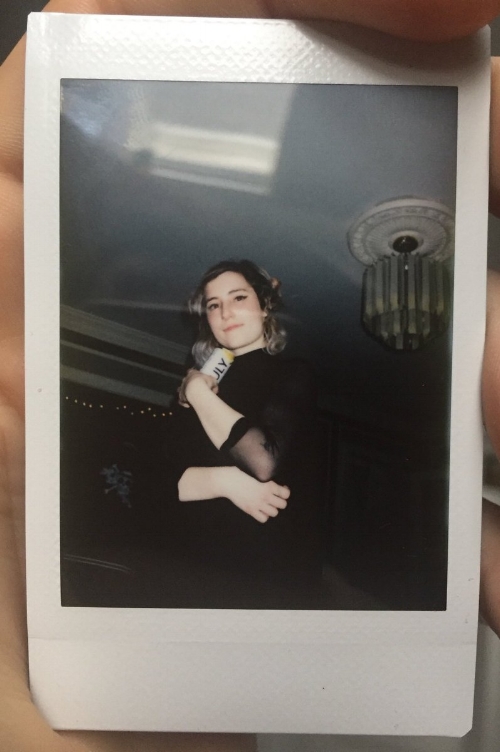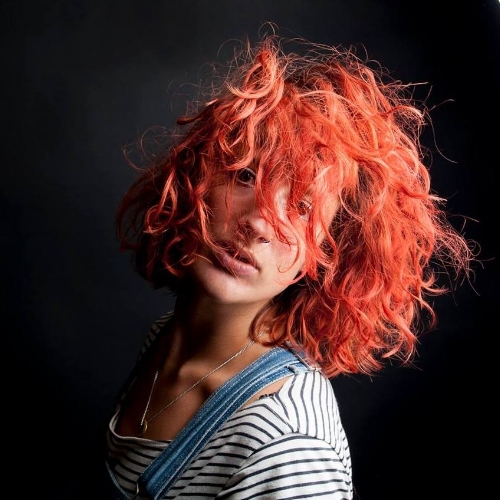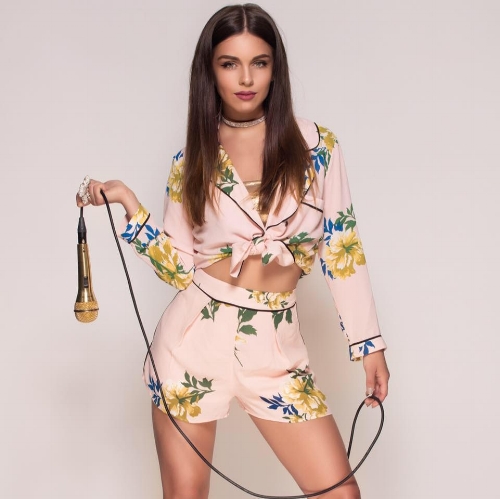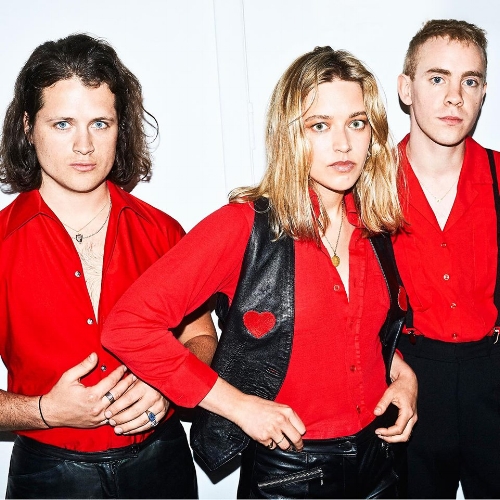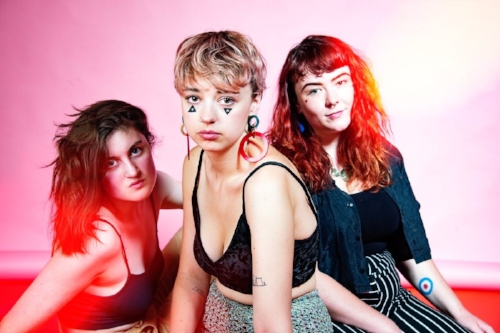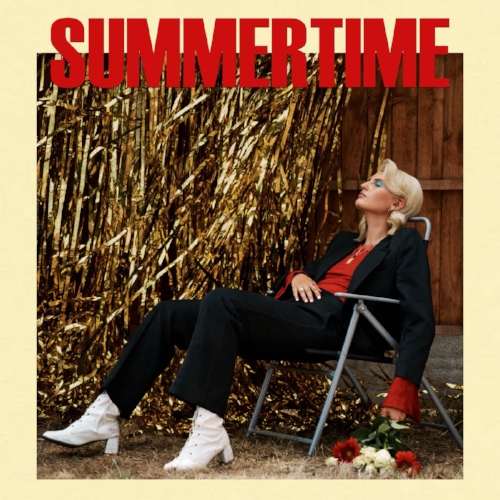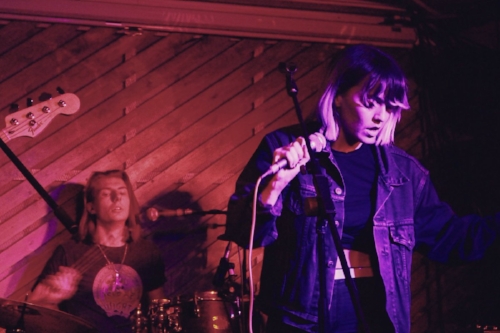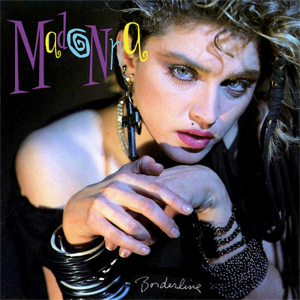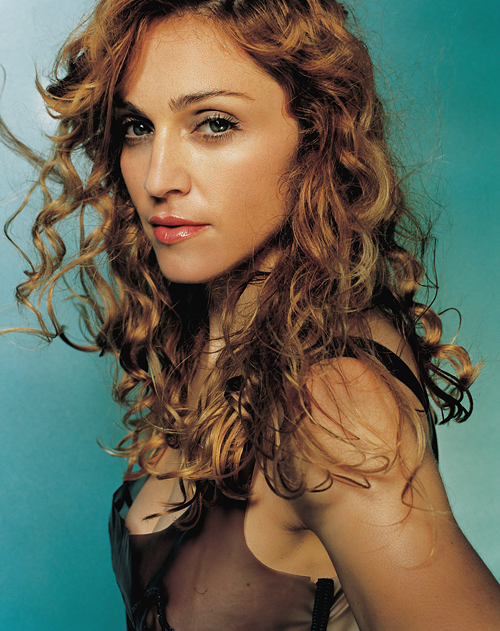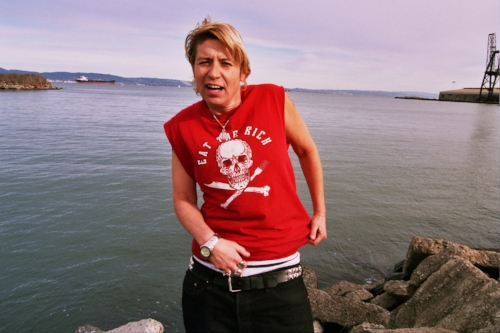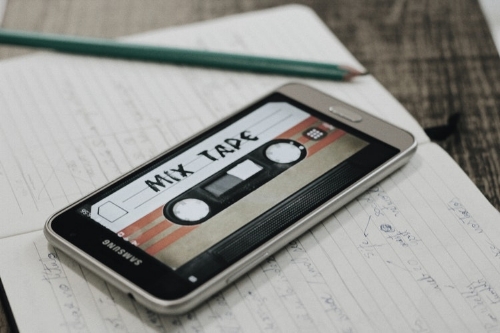FEATURE:
Minority Retort
IN THIS PHOTO: Stormzy/PHOTO CREDIT: Rankin for HUNGER
Why Stormzy’s Humble Gesture Has Brought the Issue of Racial Imbalance in Music to My Mind
__________
IT may seem like a weak link…
PHOTO CREDIT: Getty Images
but there is a connection between Grime artist Stormzy funding two scholarships for two black British students going to Cambridge University and the subject of race in music. I have discussed racism in music before but it seems the subject is not going anywhere. Before I move on; here is an overview of Stormzy’s generous gesture:
“Stormzy has announced that he is funding two scholarships for black British students to go to Cambridge University.
The grime artist will pay the students’ tuition fees as well as a maintenance grant for up to four years of an undergraduate course.
Speaking on Thursday at his former school, the Harris City Academy in Croydon, south London, where A-level students were opening their results, Stormzy told BBC Breakfast: “If you’re academically brilliant don’t think because you come from a certain community that studying at one of the highest education institutions in the world isn’t possible.”
The 25-year-old, who won best album at this year’s Ivor Novello awards, has previously been praised for tackling social injustice, including advocating on behalf of victims of the Grenfell Tower fire. He is funding two places this year and two next year.
The move comes amid concerns about lack of diversity at the Oxbridge universities. Figures published in June showed some Cambridge colleges admitted no black students or accepted as few as one a year between 2012 and 2016”.
IN THIS PHOTO: A Cambridge University college/PHOTO CREDIT: Vadim/Getty Images
It is amazing to think that, after doing such a thing, some are labelling him racist – why not do the same for struggling white students? The issue with universities likes Cambridge is the lack of diversity. Stormzy is not trying to attack Cambridge or give black students a boost over everyone else. The university has said they are committed to reversing the racial imbalance and, whilst there is not a bias, I wonder whether black students from poorer backgrounds are being overlooked. If they are brilliant and academically gifted; they are, often, not able to afford tuition and survive there. There are white students in the same position but look at the lack of black faces at Cambridge and one has to ask why that is. It is certainly not anything to do with a lack of academic prowess or any sort of imbalance in schools. Stormzy has made this gesture but I hope the big universities do a lot more and make it more affordable for students from less-well-off backgrounds to go to the top universities. It is typical to see people talk of racism when a black artist does something good. Stormzy is not excluding anyone or favouring black students over anyone else – he wants more parity and equality in the education system. I listened to all the reactions and news stories around this and got to thinking about music and race.
I am going to be addressing women in music and the need for change later but, looking out at the world, and I wonder whether a lack of attention for black students is mirrored by a disadvantage and sense of discrimination in music. Racism in music is no new things: you only need to look at the MTV days when artists like Michael Jackson were being denied access because of the colour of their skin. Many might argue him changing his skin colour was a reaction to being blocked and denied. Things have come far in music but I still get the sense the industry is white and set up for those from a wealthier background. The mainstream is filled with artists who are either middle-class or white (or both). We are seeing fewer faces from working-class backgrounds and minority artists are marginalised. The old term ‘urban’ seems to be a lazy word for any music made by a black artist. Do we need to get out of the headspace that there is such thing as ‘black music’. In the same way female-made music is a gender and not a genre; black music is diverse, exceptional and as strong as anything else. Music T.V. has essentially vanished but I feel there is that need to put white faces on magazines and screens. Look at artists like Stormzy and I think of the Grime and Rap scene here and how it is diminishing.
IN THIS PHOTO: Nicki Minaj/PHOTO CREDIT: Frazer Harrison/Getty Images
Maybe there isn’t the talent out there but I feel radio is still too geared towards the Pop and Rock markets. Hollywood is always having to answer accusations of racism – and rightly so! – but music is not being given the same kicking and demand for change. Look at music videos or which artists get the most say and there is a definite racial divide. This article, written two years ago, boils things down:
“To put it simply: When Britney Spears got naked and covered herself in sequins for Toxic, she was nominated for Best Music Video. When Emily Ratajkowski got naked next to Robin Thicke in Blurred Lines, he was nominated for Best Music Video. When Miley Cyrus stripped off and broke a million health and safety rules by riding a piece of construction equipment, she wasn’t just nominated for Best Music Video of the Year – she won it. All of the above videos have been controversial, but they were acknowledged by the industry for their impact nevertheless.
But as soon as Nicki Minaj – whose black body deviates from Caucasian beauty standards – dares to own her own culture and dance in a similarly provocative fashion, it’s glossed over and relegated to sideline categories of ‘female’ and ‘hip hop’. Meanwhile, white artists who adopt black culture as their own continue to reap professional awards. And it’s time to stop pretending that that’s OK”.
There is that assumption there is a distinct sound associated with black artists. Look at Kendrick Lamar and Anderson .Paak. Check out Kamasi Washington and Beyoncé. Listen to Cardi B and Rihanna; listen to Stormzy and Dizzee Rascal and then have a flick through Childish Gambino and Leon Bridges. Can you say there is anything familiar or similar between those artists?! Although there are fewer black artists in certain genres – Country and Rock, for example – that is the fault of the industry and old attitudes. Not enough is being done to promote black artists and shake this idealised view of the mainstream/what is desirable. Although there are some names from black music being given props and attention in the mainstream – the likes of Kendrick Lamar and Beyoncé – that would ignore wider truths. How many music awards do you see being handed to black artists? How many of the end-of-year best albums are from black musicians? One could say that is a simple case of lacking talent (in the case of black artists) but I look at award ceremonies and see how it geared towards celebrating white artists. This article charts the last few years and how few opportunities are being given the black artists:
“As many know, 2013 marked an interesting year for the Music Industry, as it was the first time in the history of the US Billboard 100 Chart that no Black Artist landed a №1 Single as Lead Artist. And with the U.S. being the World Leader in terms of Music Market Share, it was a no brainer that that statistic was also reflective of the state of Black Music by Black Artists internationally in various ways, and has been for quite some time (particularly in the UK, 1 of the World’s Top 4 Music Markets).
IN THIS PHOTO: Rhiannon Giddens - one of very few black Bluegrass players - performing at the Boston Pops Fireworks Spectacular/PHOTO CREDIT: Michael Dwyer/AP
“…Three years following that, along comes the #BritsSoWhite “controversy”, which came after it was announced that no Black British Artists were nominated for a 2016 BRIT Award, despite the commercial success many of them achieved between the 2014–2015 Eligibility Period (e.g. Krept & Konan — Top 10 Single and #2 Debut Album, Fleur East — Top 10 Debut Single, Skepta — Top 40 Single, Stormzy — Two Top 20 Singles, Kwabs — Top 40 Debut Album).
Moving on to the bottom line of this all, the reality of the Music Business today is that Black Artists are tired of “asking” to be accepted into the Mainstream arena. They are tired of the fact that we are still living in an era where their accolades are celebrated as being “the first Black Artist to achieve xyz”, whilst their White counterparts continue to accomplish the same achievements on a constant basis. They are tired of being completely overshadowed by Artists of other Cultures who have built their success off of performing Urban Music. For example, in 2015 60% of the Top 10 Best Selling Artists globally for that year are widely considered either Soul or Urban, yet only 2 of them were ‘of colour’ (unsurprisingly landing 9th and 10th place). See anything wrong with this picture?”
Labels and big record companies are full of white faces; music festivals are placing white artists in headline slots and many are ignoring the sheer volume of fantastic music from black artists.
I am hearing of black artists tempted into a music career afraid they will be shunned and given little focus if they attempt it. Look out at the mainstream now and you there are divides. Whilst Cardi B, Nicki Minaj and Kendrick Lamar and giving voice to black musicians and showing what weight they have; they are a minority against the bland and endless sea of white artists. You go to major music venues and look at the music media. The same way there is a majority share for men (against women); there are far more white employees and faces. Even when you look at national averages – the number of black people in a nation compared to other races – and there is a lot to answer for. Small improvements are coming in but it is not down to the artists themselves to push things forward and fight. The sheer talent of black faces in the mainstream is impressive but think of the artists in the underground; those wanting to go into journalism and recording studios and are things necessarily better than years ago?! A lot of journalists are not familiar with the culture and background of genres like R&B and Rap; there is that dogged desire to stick to worn and fatigued genres like Pop and Rock – will we ever get to a time when black artists are put on the same footing as everyone else?
I grew up listened to amazing black artists like Aretha Franklin, Michael Jackson; Nina Simone and Public Enemy. I was a big fan of musicians like Stevie Wonder and De La Soul and the girl groups like Destiny’s Child and En Vogue. Some of the most political, eye-opening and immediate albums of the past few years have been made by black artists. Priscilla Renea has attacked clear racism in Country music; Kendrick Lamar has lobbied for greater respect of black Rap artists and showing them proper respect; the Grammy Awards have been accused, almost every year, of ignoring black artists when it comes to the major prizes. Maybe the use of the N-word in Rap is turning some off and causing controversy/censorship but it a minor barrier that blocks a larger ill. By studying black music and the traditions being kept alive by artists; we are not only experiencing wonderful songs but learning about different cultures and experiences that few of us talk about. I am a big fan of Hip-Hop and Rap and, through its pioneers, can chart the struggle black artists have faced and how civil rights have played a big role in the rise and vitality of the genre. The voice and reality of a black artist like Nicki Minaj is vastly different to that of someone like Taylor Swift. That may be a simple argument but, if we place divides and do not address racism then the music industry will stay as it is now – artists and fans promoting black music rather than those in the industry.
IN THIS PHOTO: Kendrick Lamar/PHOTO CREDIT: Getty Images
Stormzy was interviewed last year and talked about race and how certain genres have been poisoned by stereotypes and misconceptions:
“Of course, he knows more than he’s letting on, and his observation – of labels not understanding underground scenes and not knowing what to do with black artists – makes his position political by its very existence. British police and politics have been continually distant from underground black music scenes, and particularly grime throughout the mid-2000s, which saw symbols of “urban menace” like hoodies and tracksuits increasingly demonised. (Hoodies were famously banned in Kent’s Bluewater shopping centre in 2005.) Now when you see artists like Stormzy appearing on front covers in full tracksuits, it takes on a renewed politics. He talks about a story that gained huge momentum last year after he tweeted about it – a London nightclub, DSTRKT, turning away women who were deemed too “dark-skinned” to enter. It gets a mention on the album on “First Things First” (“Fuck DSTRKT”) atop clipped basslines and eerie productions as he spits, “If it weren’t me you wouldn’t let my ni**as in the club”.
There are a lot of successful and pioneering black artists ready to come through and shake the music scene up. One sees endless talent and possibility but one wonders how long it will take until there is genuine equality and open-mindedness. From big award ceremonies and mainstream marketing to the artists celebrated and highlighted for praise – we have a long way to go before things are as balanced as they should be. Stormzy and other black artists know the problems in music and, with resilience, determination and pure intent they are ready to…
MAKE big changes.






















